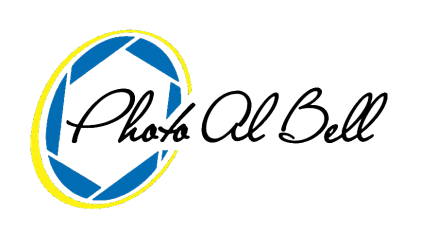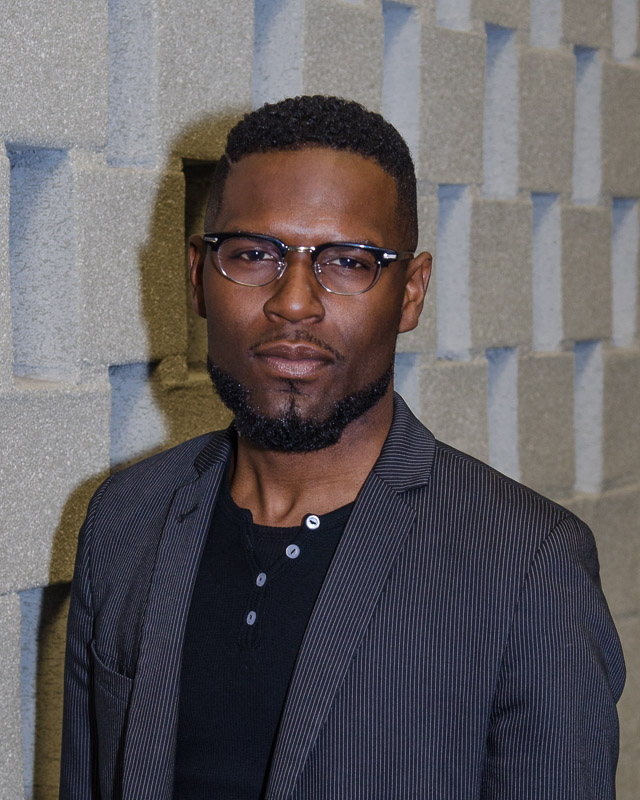No matter what style of portraiture you might choose, looking your best is important. Looking good in front of the camera starts long before removing the lens cap. Below is a fundamental pre-photo list of things to make your portraits better. It’s human nature to look for shortcuts, in this case resisting them is in your best interest. Taking a shortcut with the tips below will prevent you from looking the way that you should, absolutely fantastic.
1. Make water your friend.
The cosmetic and pharmaceutical companies haven’t found a way to patent plain H2O. This mean there aren’t any commercials telling you all the how beneficial water is to your body. The current daily recommendation for water intake is 6 to 8 glasses per day. In the week leading up to your photoshoot, I would recommend increasing to at least 10 glasses per day. The increase in water is important to your appearance. Think of your skin like a kitchen sponge; when dry, the sponge looks dull, is full of ridges and does not flex a lot without breaking. Hydrate that same sponge and it glistens with water, the pores are smaller, reducing the ridges, and it’s much more flexible. Proper hydration also provides a healthy environment for the body’s other organs. Those other organs, along with the extra water, can prevent the accumulation of water-retaining minerals. It’s funny that drinking a lot of water keeps you from bloating from the retention of water.
2. Listen…your skin is talking
Your skin is the largest organ of the body, and its condition silently speaks volumes about you. Proper care will ensure that your skin says only good things about you. Drinking plain water for hydration is one side of the coin, and a good moisturizer is the other side. Men and women should apply a quality moisturizer after thoroughly cleaning the skin a few times a day. Your skin also needs time to recover after grooming. To reduce redness, eyebrow treatments should be two or three days before the photos. Shaving the night before the portrait session will also help minimize visible cuts and irritation in your finished image. If you’re wearing make-up, it should contour the cheeks and accentuate the eyes. This facial contouring is necessary, since photographs often flatten facial features. If it isn’t part of your portrait package, get a professional esthetician or make-up artist to help with the make-up application. Investing in a professional is an ingenious way to make a positive difference to your look!
3. Don’t mess with the hair
High on the client question list for photography is, “how will my hair look?” I would rank hair and skin at the top of the list of things that have the largest impact on your portrait appearance. Your hair should have a healthy look, with a shine and a minimum of split-ends. Contrary to what you might think, washing your hair one or two days before the shoot is best. Hair with a light build-up of natural oils looks and styles much better than clean hair. Most of all, avoid the 3Cs two weeks before your photoshoot: cut, color or change of style. The 3Cs cause the hair to go into immediate shock. The hair needs time to restore to its natural condition, or you’ll need time to find a solution to any less-than-desirable results.
4. What to wear
It is important that the day of your photoshoot be as stress-free as possible. Deciding what to wear at least three days before you scheduled shoot will help ease that stress. The clothing that you want to consider must fit well. Also, keep the clothing solid colored, with muted tones that are a little subdued. Thoughtful selection of your clothing will make you the star of your photograph, instead of your clothing. For that same reason, keep jewelry simple and minimalistic. If other people are in the portrait with you, coordinate within the same color palette to avoid awkward clashes.
5. Ready, set, GO TEAM!
Your portrait will be a collaboration between you and a photographer as a team, not against one another. You and your photographer have the same goal, an impactful portrait. The beginning of this team is by finding a photographer whose style represents how you want to appear. Good photographers have their style, (that’s what attracted you to them). Don’t ask the photographer to recreate the latest internet image that you’ve found. Instead, share with your photographer different images that you like and why you like them. Help the photographer understand what you’d like to emphasize, and equally important, de-emphasize. These are the tools your photographer needs to know in order to light, pose and shoot you for your desired look.
6. How are these photos going to be used?
Photographers know this rule as, ‘begin with the end in mind’. Knowing the final purpose of the photographs will help direct the photoshoot. Business portraits shouldn’t have sexy poses, (unless that is part of your business). On the other hand, casual portraits portraying a no nonsense attitude look odd. There is no such thing as a universal portrait, so use the right look for the right purpose.
7. Attitude is better than just a ‘tude’
Go into your photo session looking and feeling the best that YOU can be. None of these tips are going to make you look like Chrissy Teigen or Gisele Bündchen; that shouldn’t be your expectation. The emphasis should always be how you can maximize your look, that way your portrait will reflect the best that you can look. Have fun, be silly, enjoy the photoshoot; that way you can be in the moment and not just in the photo.
This tips list couldn’t contain every possible thing that you can do before your photoshoot, but it’s a good start. What I hope that you get most of all, is that planning makes the best portraits. With any luck, lots of people will see and admire your portrait; why not present the best version of you that you can?





